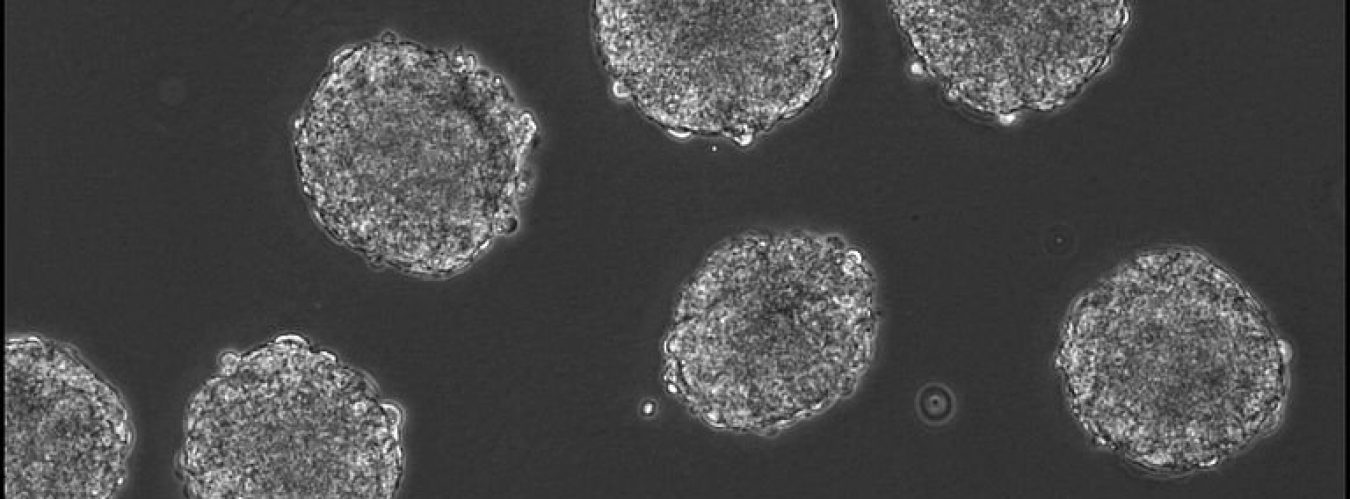A recent study from the National University of Singapore has shown that the protein encoding gene KMT5A, along with a handful of other genes, enables neural stem cells (NSCs) to switch between quiescence and proliferation. This process is essential for brain development and maintaining homeostasis. The Drosophila version of this gene is named Pr-Set7, and these organisms served as their testing analogs for the study. At the end of the day, it was shown that loss of function of Pr-Set7 causes delays in NSC activation.
Keep in mind that quiescent cells don’t proliferate, but are able to re-enter the cell cycle. They’re essentially in an inactive part of the cell cycle and “standing by” to maintain a supply of stem cells in case the tissue gets damaged. If cells constantly re-entered the cell cycle and kept proliferating, the organism would age prematurely because all cells have a limit to how many times they can replicate. Otherwise, there would be a ton of accumulated DNA errors from all of the times that it has been replicated and it could lead to diseases such as various cancers. KMT5A and several other genes like Cdk1 and Ebd1 help regulate the cell cycle to make sure that this risk is minimized as much as possible.
For those interested in a more in-depth look at the study, here is the link:
https://www.embopress.org/doi/full/10.15252/embr.202050994
